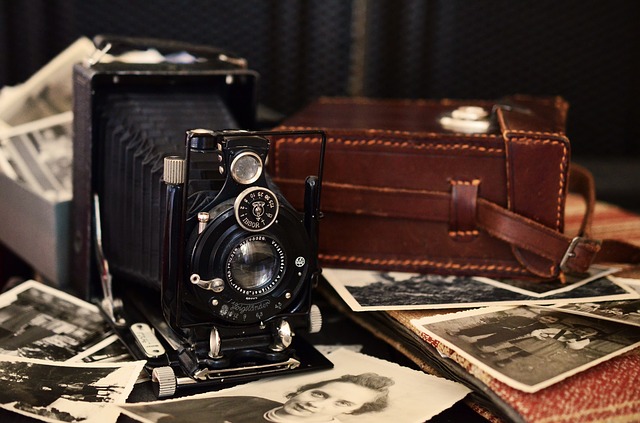For a first-time user, the many settings of a dSLR camera can be quite overwhelming. The reason that a dSLR has such a wide variety of settings is so that it can be used in a wide variety of circumstances. These cameras are among the most versatile options for both amateur and professional photographers, which is why they are so commonly seen at so many picture-worthy events. Understanding these settings and the rationale behind their use will allow the photographer to yield the best photograph possible, but there are many conditions that will influence which settings are prioritized and how the remaining settings are used.
The most important thing that a photographer must do is to consider their goal with regard to the photograph they intend to take. There are a number of questions that a photographer must first take into consideration, including:
- What is the nature of the available light?
- What is the subject of the photograph?
- What type of composition will be achieved through this photograph?
- What is the overall objective of the photograph?
Certainly, there are other considerations that should be taken into account, but if each photographer were to first ask these questions, the answers will help to determine the settings that are ultimately used.
Aperture Settings
It is helpful to think of the aperture setting of the camera as equivalent to the iris of an eye. In both cases, the amount of available light will influence the manner in which the iris and aperture should behave. When there is a great deal of available light, the iris of the eye will become smaller to reduce the amount of light that is allowed in. When it is dark, the iris will dilate to maximize the amount of light being allowed in. The same is true of the aperture of a dSLR camera.
The aperture setting can be used for practical purposes or for creative and artistic purposes. In the case of practicality, the aperture should be set to the low end of the f/stop range for situations in which there is not a great deal of light. For creative purposes, the photographer can use this setting to achieve a shallow depth of field, meaning that only the subject will be sharply in focus. The background in these types of photographs will remain blurred, drawing further attention to the subject.
On the other end of the aperture setting spectrum is the small aperture setting, which is represented by a larger f/stop number. This setting will be used in situations where there is plenty of available light, such as an outdoor photograph taken on a sunny day. This setting can also be used to create a large depth of field, which is preferable when engaging in landscape photography where everything should be in focus.
Shutter Speed
The shutter speed of a camera will determine how quickly the camera sensor records the image being photographed, which should be determined based on the nature of the subject and the composition goals of the photographer. The shutter speed that is employed will also impact the other settings being used, as the faster shutter speeds will allow less light and influence the quality of the photograph. If the shutter speed is the priority setting of the photograph, the other settings will have to be manipulated to compensate for the lack of light, thereby yielding the best photograph.
Photographing subjects in motion requires the use of a faster shutter speed, otherwise the motion will cause the subject to blur. Of course, there are situations in which the photographer will wish to achieve this blur for artistic purposes, in which case a slower shutter speed will be used. Sports photographers use shutter speeds that are sometimes in excess of 1/2000 of a second in order to freeze a subject in motion, while landscape photographers may use a prolonged exposure (up to 30 seconds on most dSLR cameras) to detail the motion of a waterfall.
ISO
The ISO setting of a dSLR camera also influences the amount of light that is taken in, though when a high ISO is used there are other consequences as well. When shooting a portrait inside in low light, for example, high ISO can be used to avoid the need for a flash. The issue, however, is that the use of high ISO also results in an image that is not as clean, making the image appear grainy or “noisy.” This setting may be used for artistic purposes, but many photographers simply opt to use the lower end of the ISO spectrum and use the other settings to compensate for a lack of light.
Basic Considerations
Ultimately, photography is a creative endeavor, and it should be viewed as an art form and not as a science. While certain settings are commonly used in certain situations, this does not mean that other combinations cannot be explored. Through the use of a dSLR camera, there are seemingly endless ways to view one single image through limitless perspectives. Viewing photography from a results-oriented point of view is best, though it is true that certain specific settings are viewed as preferable over others in specific circumstances.
In order to arrive at the best possible photographic end result, it is important to first evaluate the goal of the photography. If a photographer has certain ideas with regard to how the composition will look, then the photographer should alter the settings in order to best achieve that composition. If the photographer is simply looking to accurately document an event in the most realistic way possible, then the settings should be altered in order to best achieve that specific goal. Understanding the nature of the settings and how they influence the end result is an important step for the adept use of a dSLR camera.
